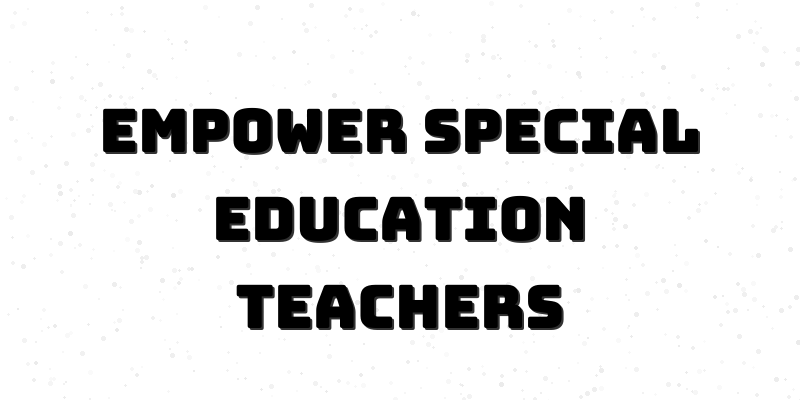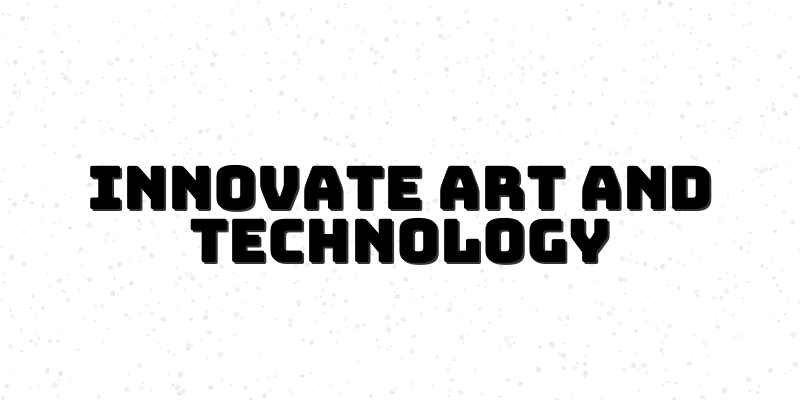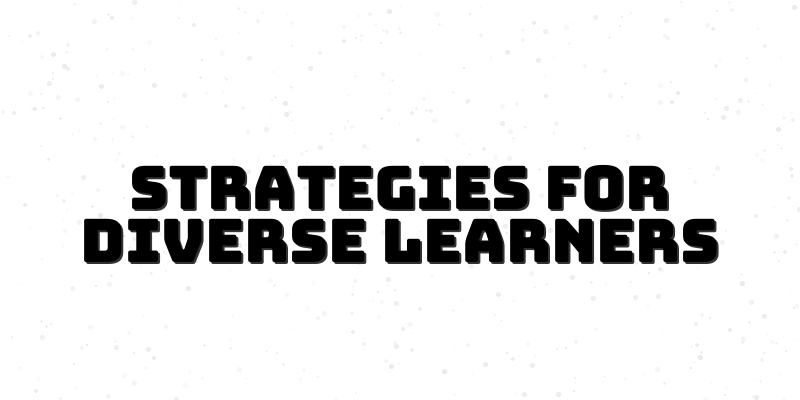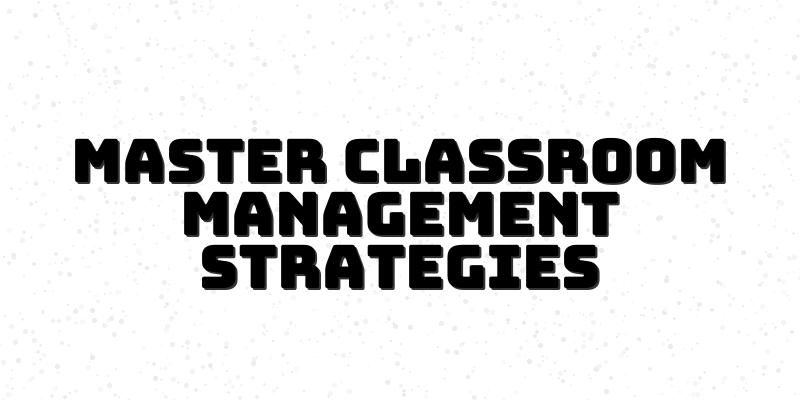Effective Special Education Teaching Strategies for Inclusive Classrooms
In today's diverse educational landscape, special education teaching strategies are more crucial than ever. They not only facilitate effective learning for students with special needs but also promote an inclusive environment that benefits all learners. This blog post explores innovative teaching practices, the integration of assistive technology, and how to craft a resource toolkit to enhance your teaching approach.
Understanding Special Education Teaching Strategies
Special education teaching strategies encompass a range of methods designed to meet the unique needs of students with disabilities. These strategies are not just tools in a teacher's arsenal; they're essential elements that help break down barriers to learning. By employing differentiated instruction, educators ensure each student, regardless of their ability, has access to the curriculum. Differentiated instruction can include varying the pace of lessons, the complexity of assignments, and even the learning modalities used. It’s crucial for teachers to constantly assess their students and adjust their methodologies accordingly, fostering an atmosphere where every learner feels valued and capable.
Among the most effective special education strategies is the use of Universal Design for Learning (UDL). UDL emphasizes flexibility in how students engage with content, demonstrate what they know, and get motivated to learn. For instance, instead of a traditional paper-and-pencil test, an educator might offer students the option to present their knowledge through a multimedia project or oral presentation. Such approaches not only cater to diverse learning needs but also encourage creativity and engagement, transforming the classroom into a dynamic learning environment.
Finally, another key component in special education teaching strategies is the continuous reflection and adaptation of teaching practices. A successful teacher actively seeks feedback from their students about what is working or not, leading to improved strategies over time. By fostering a growth mindset, educators can better navigate the evolving demands of special education.
The Role of Assistive Technology in Inclusive Education
Assistive technology has revolutionized the way we approach special education. From speech-to-text software to visual aids, this technology enables students with disabilities to access the curriculum more easily and engage actively in their learning. For example, students with visual impairments may benefit from screen readers, allowing them to engage with digital texts just like their sighted peers.
Moreover, assistive devices can enhance communication for students with speech or language challenges. Applications designed to facilitate communication, such as augmentative and alternative communication (AAC) devices, empower these students to express their thoughts and ideas, promoting greater participation in class discussions and activities.
However, it’s essential to remember that the effectiveness of assistive technology hinges on its integration into the broader teaching strategy. Teachers must be trained not only in how to use these technologies but also in understanding which tools best fit the diverse needs of their students. Effectively combining assistive technology with tailored teaching strategies can lead to significant gains in student engagement and learning outcomes.
Crafting a Comprehensive Resource Toolkit
Creating a well-rounded resource toolkit is essential for special education teachers aiming to improve their teaching strategies. This toolkit should encompass a variety of materials and methods that cater to diverse learning needs. For instance, teachers may include manipulatives, visual aids, technology tools, and instructional materials that align with the principles of UDL. In this way, every learner can find a method of learning that resonates with them.
Another key aspect of the toolkit is ongoing professional development. Joining communities of practice, attending workshops, and collaborating with colleagues are invaluable resources for teachers. Staying updated with the latest research and tools in special education allows teachers to refine their strategies continually and adapt their toolkits for maximum effectiveness.
Lastly, the toolkit should include strategies for engaging families and communities in the education process. Strong partnerships with parents and community members can provide additional support, resources, and advocacy for students with special needs.
Innovative Collaborative Teaching Models
Inclusive education thrives on collaboration among educators, specialists, and families. Collaborative teaching models, such as co-teaching, can dramatically enhance the learning environment for students with special needs. In a co-teaching arrangement, two educators work together to plan, teach, and assess students in the same classroom. This allows for differentiation and more personalized instruction, fostering a richer learning experience for all students.
For example, one teacher might focus on direct instruction while the other facilitates group work or individual support. This system not only benefits students with special needs but also enriches the professional development of teachers as they learn from one another's practices and insights.
Furthermore, schools should encourage a culture of collaboration that extends beyond co-teaching. By providing opportunities for teachers to share resources, experiences, and strategies, educational communities can create an inclusive atmosphere that supports all students.
Engaging Families and Communities
Involving families and communities in the educational process is vital for enhancing the support systems around students with special needs. Educators should prioritize communication with families, offering regular updates and resources to help them participate actively in their child’s learning. Workshops and informational sessions can be a great way to equip parents with strategies that align with school practices, leading to a more cohesive educational experience for the child.
Additionally, schools can engage local community organizations that support children with disabilities. Partnering with these organizations can offer families a network of support, resources, and advocacy, which can be incredibly beneficial for students. These connections also provide educators with insights into best practices from outside the school environment, enriching their own methodologies.
Finally, promoting awareness and understanding of special education needs in the wider community helps to foster an inclusive atmosphere. Awareness campaigns, community service projects, and student-led initiatives can contribute to changing perceptions and building a supportive environment for all learners.






